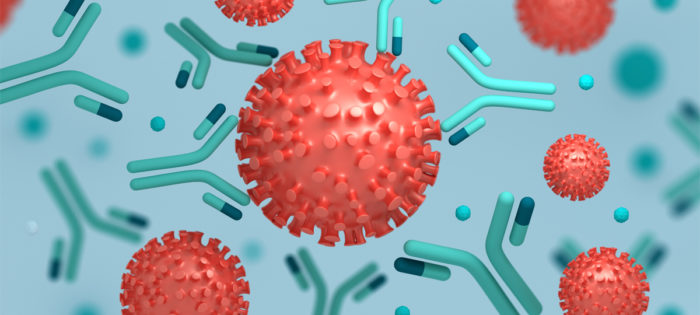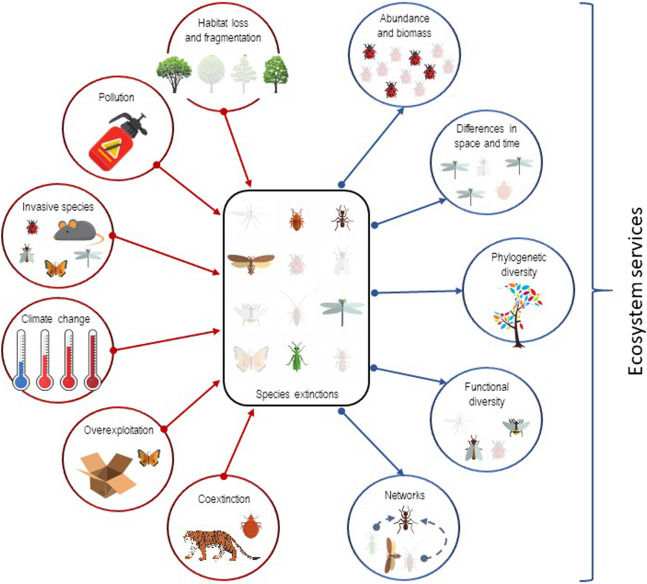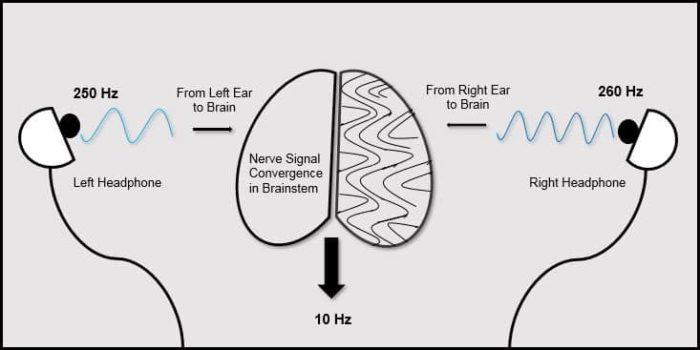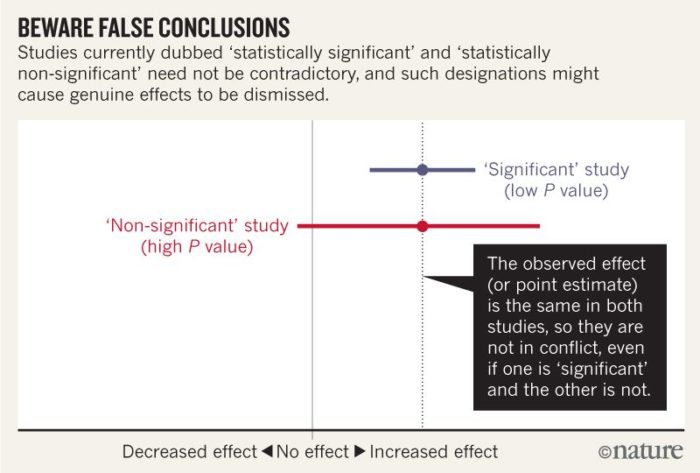Oct 22 2020
COVID-19 Becoming Less Deadly
 Over the course of the pandemic the death rate in people diagnosed with COVID-19 (the case-fatality rate) has declined. Unpacking all the reasons this may be the case can help us better understand and fight this disease. A few recent studies shed some light on this question. While there might be some encouraging news here, it highlights that this is still a “novel” virus and we have a lot to learn about the illness it causes.
Over the course of the pandemic the death rate in people diagnosed with COVID-19 (the case-fatality rate) has declined. Unpacking all the reasons this may be the case can help us better understand and fight this disease. A few recent studies shed some light on this question. While there might be some encouraging news here, it highlights that this is still a “novel” virus and we have a lot to learn about the illness it causes.
One recent study looking at the case fatality rate in the New York region from March to August found that the death rate for those admitted to the hospital dropped from 27% to 3%. They also found many possible reasons for this dramatic decrease. One is the fact that in March New York hospitals were overwhelmed with COVID cases. They did not have enough ICU beds or ventilators, and doctors were crushed beneath the initial wave of cases of a disease they had no experience with. So simply “flattening the curve” and reducing pressure on hospitals is one important factor.
The most encouraging reason for the decline is the steep learning curve of knowing how to treat those who are seriously ill with COVID. Doctors have learned through direct experience how to better manage COVID patients, and many interventions became standard practice between March and August. For example, it is better to rest patients on their stomach than their back, and it is better to delay ventilation as long as possible. The discovery that steroids can reduce the risk of cytokine storm was perhaps a significant improvement. Some patients now get convalescent plasma, something that obviously could not have happened early on. Remdesevir was given emergency use authorization, but a recent study by the WHO found no survival benefit from this drug (or from hydroxychloroquine, a combination of the anti-HIV drugs lopinavir and ritonavir; and interferon).
While we still do not have a cure for COVID-19 or a proven effective anti-viral, management has significantly improved and this has definitely contributed to survival. However – this is not the only effect, and may not even be the major effect.

 This is a very cool study, with the massive caveat that it is extremely preliminary – but
This is a very cool study, with the massive caveat that it is extremely preliminary – but  Dr. Matt Hill is filling the role of the Lorax for insects. They are a critical part of our ecosystem, and they are experiencing a long term decline. I know there is a lot to worry about in our complex world, and insects may not immediately jump to near the top of the list, but they are important, and also an index of ecological change.
Dr. Matt Hill is filling the role of the Lorax for insects. They are a critical part of our ecosystem, and they are experiencing a long term decline. I know there is a lot to worry about in our complex world, and insects may not immediately jump to near the top of the list, but they are important, and also an index of ecological change. Binaural beats are an auditory illusion created by listening to two tones of slightly different frequency. This produces a type of feedback effect in the brain that produces a third illusory sound that has a pulsating quality, hence binaural beats. All perceptual illusions are fascinating, at least to neuroscientists, because they are clues to how the brain processes sensory information. What we ultimately perceive is the result of a complex constructive process (not passive recording) and understanding the process offers insight into the strengths and weaknesses of human perception.
Binaural beats are an auditory illusion created by listening to two tones of slightly different frequency. This produces a type of feedback effect in the brain that produces a third illusory sound that has a pulsating quality, hence binaural beats. All perceptual illusions are fascinating, at least to neuroscientists, because they are clues to how the brain processes sensory information. What we ultimately perceive is the result of a complex constructive process (not passive recording) and understanding the process offers insight into the strengths and weaknesses of human perception. More than a thousand scientists working for over a decade in 37 countries have just published the results of their comprehensive analysis of cancer genetics –
More than a thousand scientists working for over a decade in 37 countries have just published the results of their comprehensive analysis of cancer genetics –  Remember the “Solar Freakin’ Roadways?” The idea was to pave roads with solar cells that would produce electricity for the grid. The power could also be used for LEDs that could serve as traffic lights and warning signals, and the power could melt snow and ice to boot.
Remember the “Solar Freakin’ Roadways?” The idea was to pave roads with solar cells that would produce electricity for the grid. The power could also be used for LEDs that could serve as traffic lights and warning signals, and the power could melt snow and ice to boot. 
 A recent
A recent  A new review of the past few decades of satellite data
A new review of the past few decades of satellite data  A recent article in the Independent is, in my opinion, a good example of how ideology can overwhelm evidence and logic. The article is basically an advertisement for a book, Dead Zone by ornithologist Philip Lymbery , which is out in paperback this week.
A recent article in the Independent is, in my opinion, a good example of how ideology can overwhelm evidence and logic. The article is basically an advertisement for a book, Dead Zone by ornithologist Philip Lymbery , which is out in paperback this week.




